"A Tale Of Two Mills" Part 1 - Green's Mill,
Sneinton
w/e 22 August 2004
All this week's pictures were taken
with a Kodak DX6490
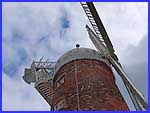
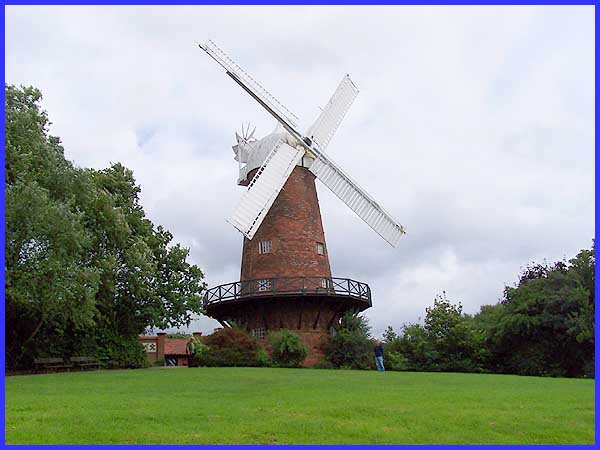
"It was the best of times, it was the worst of times ...."
- so begins Charles Dickens' epic "A Tale of Two Cities"
and if I were writing a novel instead of a simple web page I
would no doubt want something equally memorable but all I could
come up with was this: "Oft were heard the cries of 'You
can see the windmill from here' as we traversed the footbridge
between the multi-storey car park and the Broadmarsh Shopping
Centre in Nottingham's city centre but we still had not set foot
beneath the sails... " The structure in question is Green's
Mill at Sneinton.
|
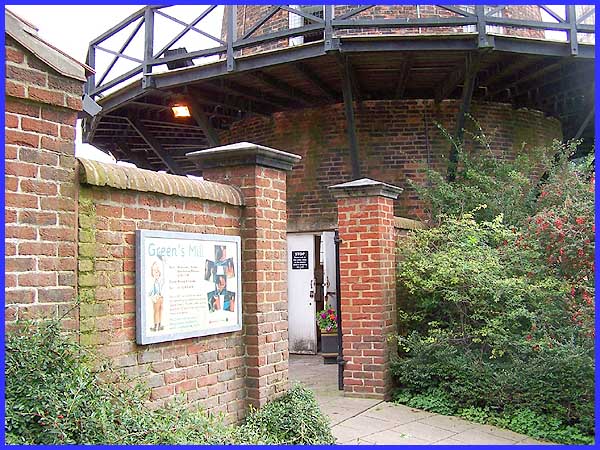
The web site devoted to the
mill states "There is nothing very remarkable about Green's
Windmill in Nottingham. It is typical of hundreds, perhaps thousands,
of windmills that were once a common sight in this country"
but what I find remarkable is its location. Although when built
at the beginning of the 19th century it stood in the village
of Sneinton, the area has now been swallowed up by the conurbation
of the city and I suppose it must be unique in this respect surrounded
as it is, on all sides by an urban landscape (unless of course,
you know different). Access to the mill is via a path lined with
trees that obscure the building but before you know it, you are
standing at the foot of the mill.
|
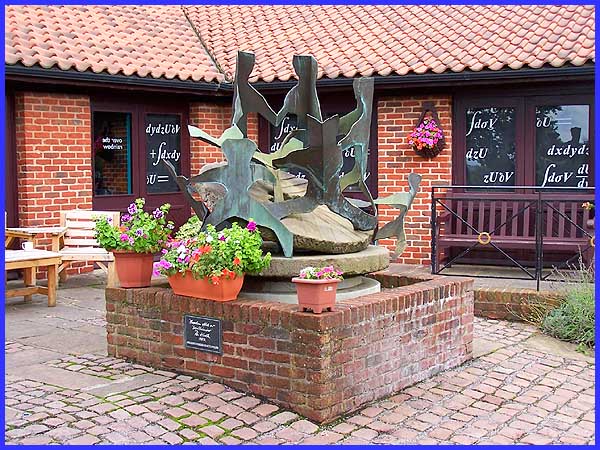
The mill was owned and operated by a Mr Green and later his son
George who was to become one of the leading mathematicians and
scientists of his day. He studied among other things, the behaviour
of electricity and magnetism, light and sound and devised a new
way of doing mathematics. Green's Theorem and Green's functions
are still used today by scientists and engineers in all branches
of physical sciences. Buildings in the grounds of the windmill
now house an interactive Science Centre and tell the story of
George Green, the miller-mathematician. The Mill and the Science
Centre together form one of Nottingham's many museums.
|
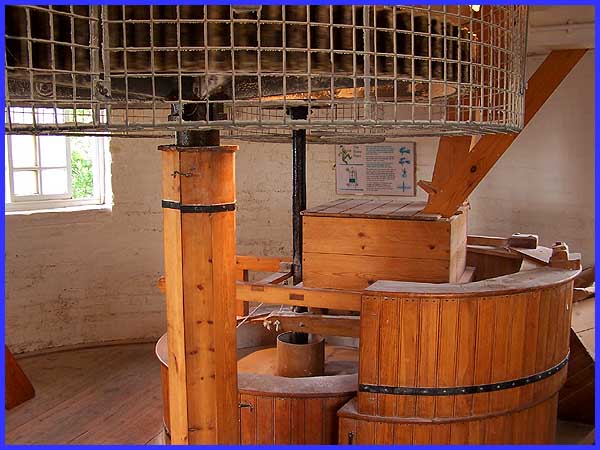
George Green died in 1841 but the mill was still operational
until the 1860s when it was abandoned and allowed to fall into
ruin. About one hundred and twenty years later (1986) after extensive
restoration work, flour was once again produced at the mill.
Boards on each floor of the mill are very informative and explain
the milling process from start to finish and visitors can often
see the machinery in action.
|
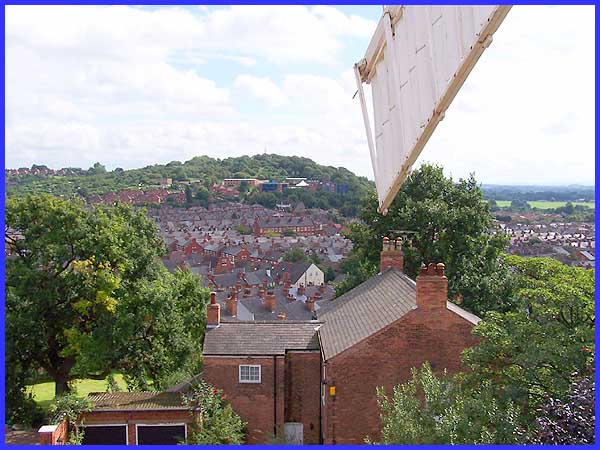
From the upper levels of the five storey mill, there are some
fine views - this one over Sneinton towards Colwick Wood and
the National Water Sports Centre at Holme Pierrepont beyond.
|
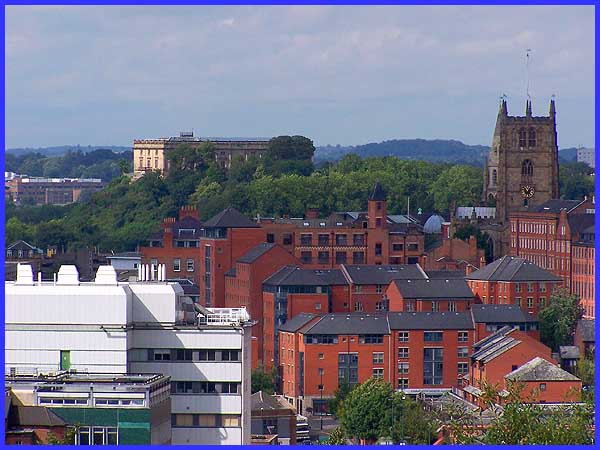
Oh and by the way, looking the other way "You can see Nottingham
Castle from here" - but that's another tale; outlaws, merry
men and a lad called Robin. I wonder what Dickens - and George
Green -made of that. I have only scraped the surface of the story
of Green's Mill here and would recommend a visit to the official
web site to learn more of George Green and the history of the
mill - click
here to open a new window.
Part 2 of "A Tale Of Two Mills" looks at another windmill
in an entirely different setting - Heage Windmill.
|

